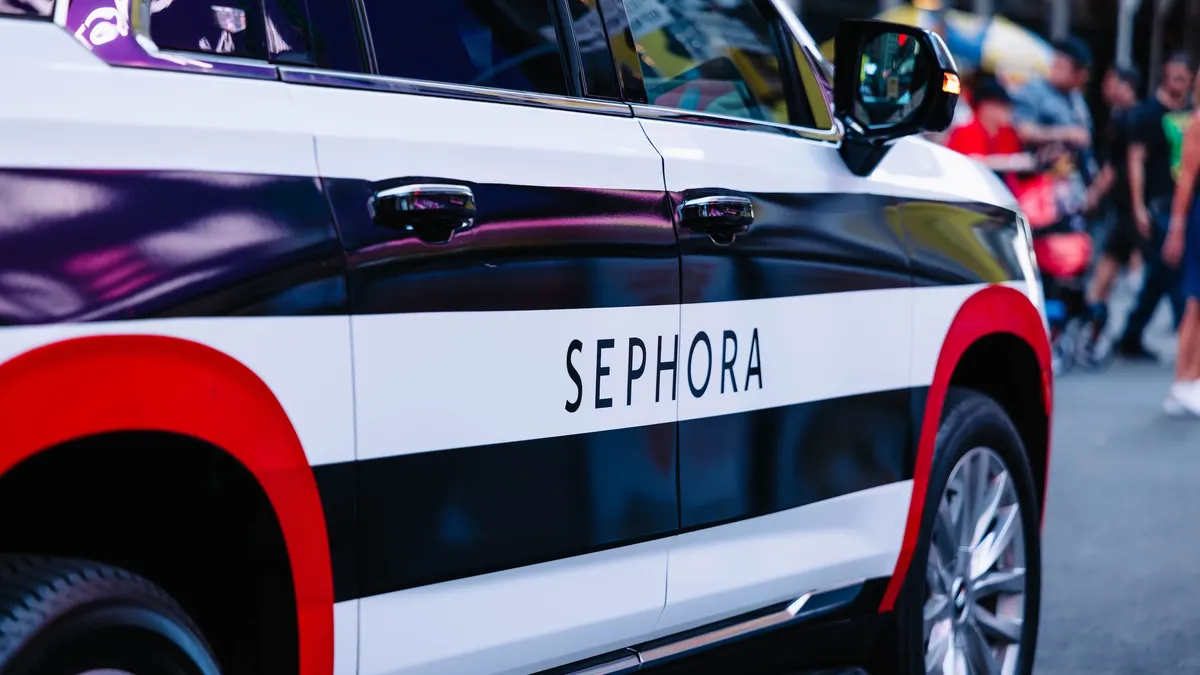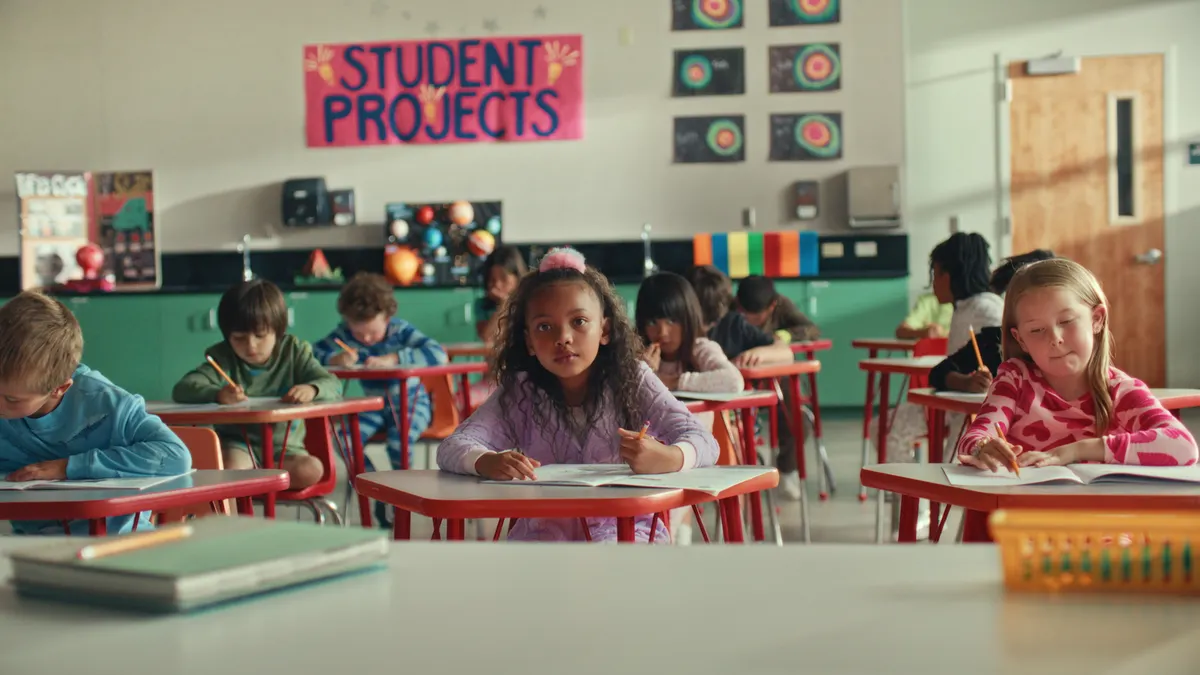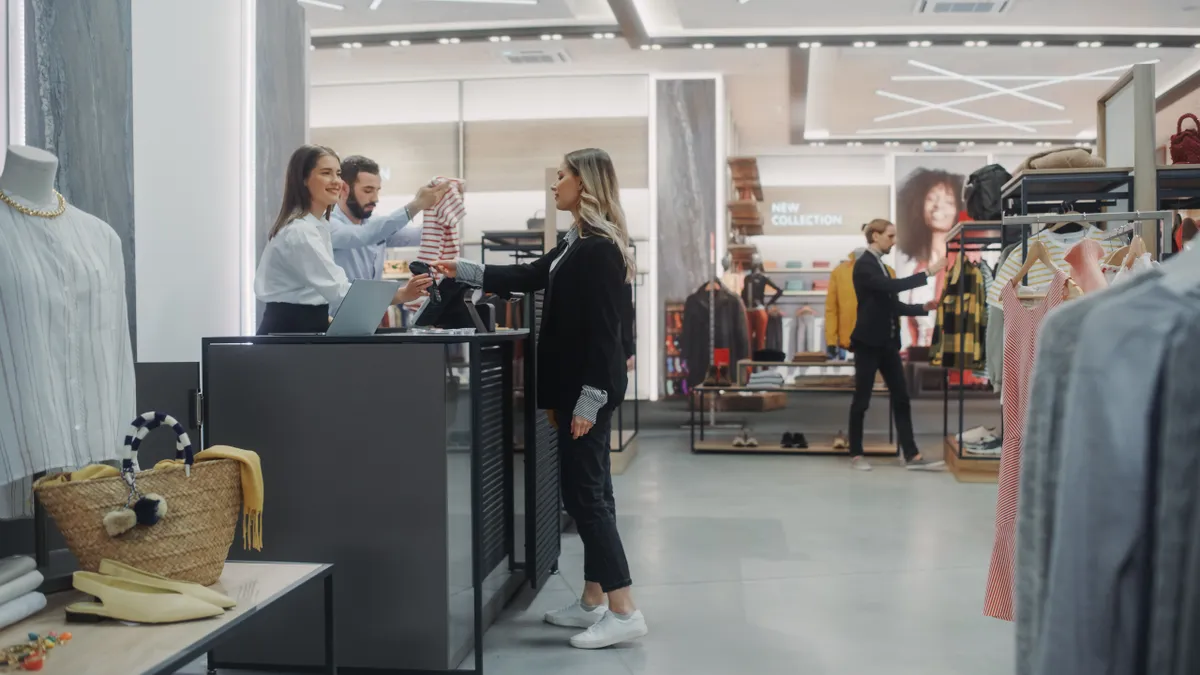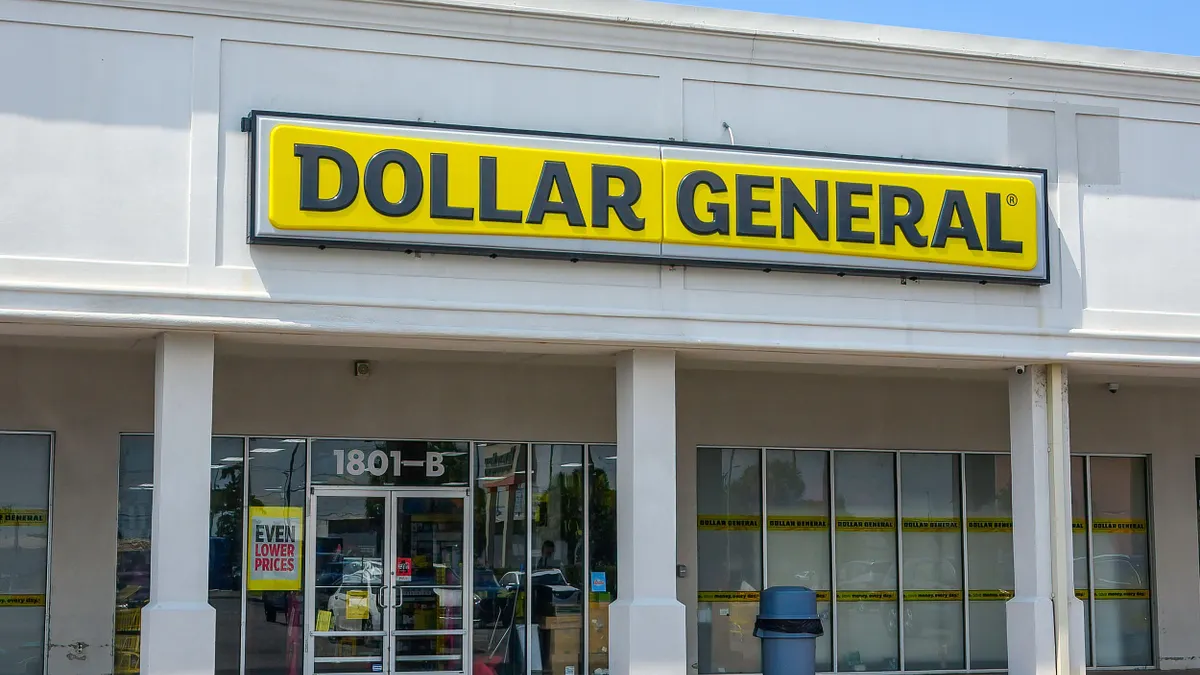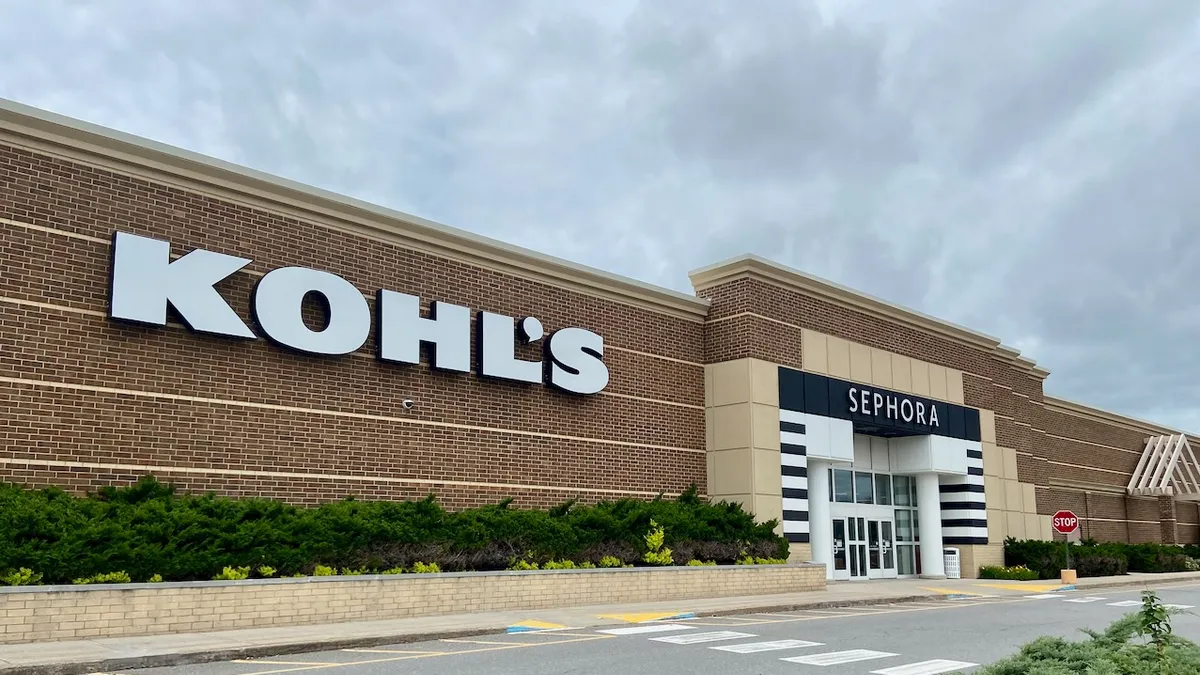The following is a guest post from Magda Houalla, head of brand strategy at AspireIQ. Views are the author's own.
Ah. It's that time of year again. Fluorescent "sale" signs litter retail storefronts. The chime of the doorbell as the FedEx person drops off your latest purchase makes your heart race. And the feeling of brand new clothes is warm on your skin. It's a shopaholic's dream and a marketer's field day.
I'm talking about Black Friday and Cyber Monday. And mark your calendars because they're rapidly approaching.
Yes, it's only October, but both shoppers and brands alike are in full preparation for this year's biggest shopping event. It's been predicted that in 2019 consumers will spend more than $12 billion online during Black Friday.
So how can your brand get a piece of the pie?
It's no secret that influencer marketing has been used by brands to increase sales, generate awareness and drive traffic. And during the holiday season, this holds true. However, with increased competition and an influx in content consumption by consumers, there are a few things to keep in mind when strategizing a winning influencer campaign this time of year. Let's get into them.
Start early
Just like the Black Friday sales that seem to start earlier and earlier each year, when it comes to your influencer marketing campaign, plan ahead. Influencers' content calendars fill quickly during this time of year, so give yourself at least six to seven weeks of lead time. By locking down your roster of influencers early, you'll be able to ensure your campaigns stay on track and content is posted on time.
Six to seven weeks leaves you enough time for:
-
Negotiation
-
Product procurement
-
Product shipment
-
Content creation
Make sure contracts are in place
During the holidays, influencers are approached by hundreds of brands, meaning they're most likely working on multiple projects at once. Not to mention, the majority of people take time off from work for family, travel, and personal obligations during the Black Friday and Thanksgiving season. To keep all parties accountable, create tight campaign terms and contracts that explicitly state:
-
When content should be submitted for approval
-
When content should go live
-
When influencers should expect payment.
Partner with influencers you already trust
Expect delayed response times any time after Labor Day. In order to increase your chances of getting a reply, collaborate with influencers who you've already partnered with earlier in the year. Influencers who have a previous relationship with a brand are more likely to accept collaboration proposals, and you can feel confident in knowing that they will meet deadlines and produce high-quality content.
Plus, these influencers' followers are already familiar with your brand. Studies show that people who regularly engage with a brand or retailer's content spend more with that brand than average customers.
Extend the season
Shopping season is not just limited to the day after Thanksgiving. In fact, a 2017 study found that 54% of people start shopping before Black Friday, and most continue to shop until after Christmas.
That said, don't do yourself a disservice by only running a campaign on Black Friday. Each influencer should post three to four staggered pieces of content. One before the sale starts, one when it is available and another later on in the holiday season. This makes the audience more familiar with your brand and gives them a longer shopping window.
Offer personalized discounts
Black Friday is all about savings. Influencers' followers look to them for the best deals and promotions. Leverage 10 to 15 on-brand influencers who genuinely love your product to amplify your sales. Provide each influencer with a unique coupon code that they can offer to their audience. Not only will this incentivize their viewers to buy, but it will make it easier for you to track sales attribution and identify top-performing influencers after the campaign is over.
Focus on educational content and video
During this time of year, social media is going to be inundated with advertisements for deals and promotions. By now, shoppers know what we can expect. We know we can get TVs for next to nothing, and most online boutiques will have 50% off everything. If you want to stand out, partner with influencers who will provide their audience with useful information. This can include content around:
-
Gift-giving guides
-
How to pack for holiday travel
-
Holiday party look books
-
Holiday recipes, and more!
Make educational content dynamic by using video. Video is consumers' number one favorite type of content to see from brands on social media, and Instagram is the fastest-growing platform for driving purchases with video. The top videos that people consume on social media are how to's, videos about sales or promotions, as well as "top 5" videos.
Use stories and shopping features to drive clicks
Instagram recently announced that a new feature will allow creators to tag items to sell them directly to people viewing their posts and Stories. Additionally, Influencers with above 10,000 followers are able to add "swipe ups" to their stories that can lead viewers to any web page. Consumers love to shop on their phones.
In fact, mobile devices accounted for 67% of all digital traffic on Black Friday last year, and we expect this number to increase in 2019. So, utilize these Instagram features to encourage and track clicks to your website.







